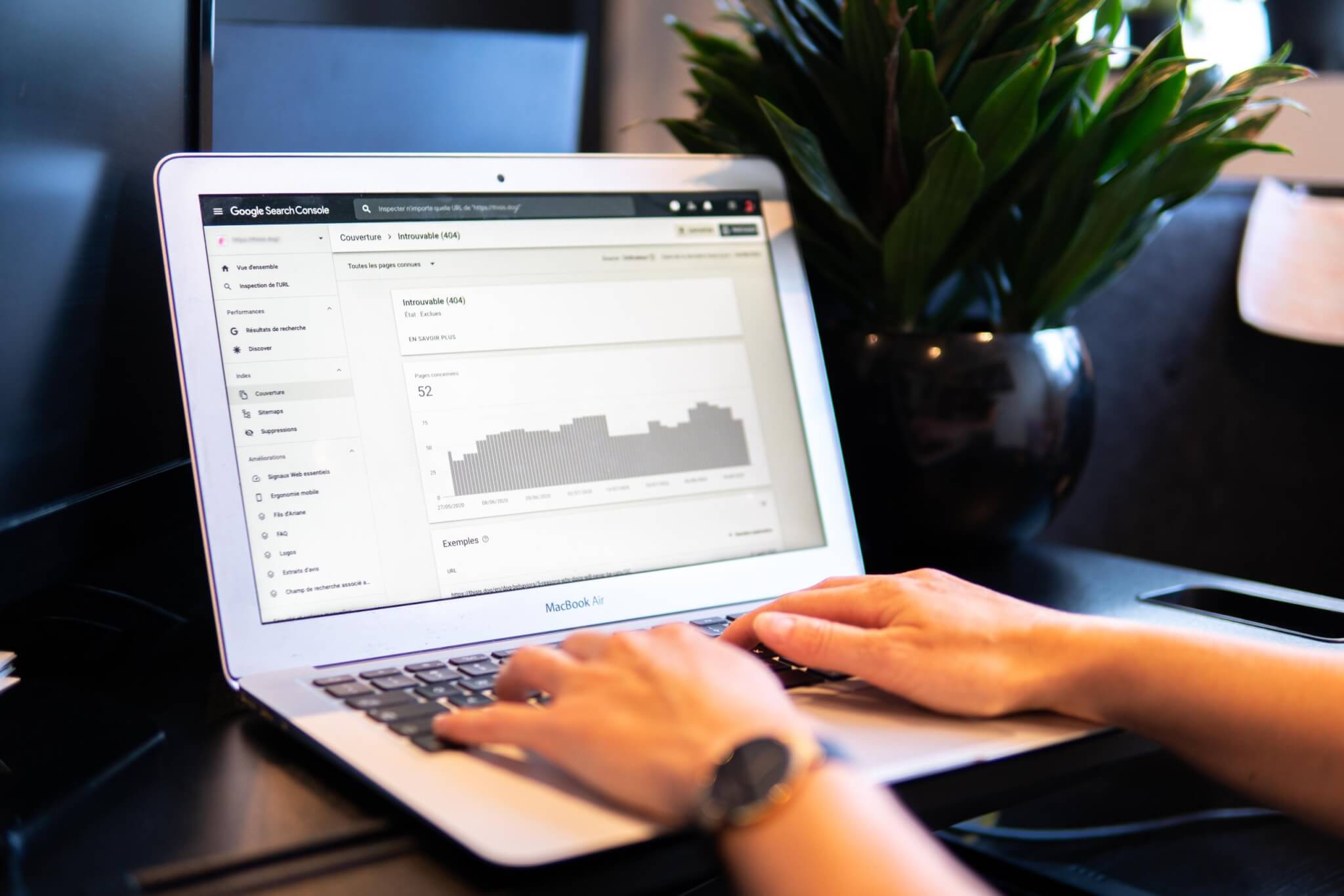Nowadays, money and data travel at warp speed with less need for human intervention and more demand for products to manage the flow. Accounting turns into magical these days. Companies switch to the cloud, oversee security and automate routine tasks.
Once you decide to hop on this digital transformational boat, prepare ahead and read our accounting system migration checklist.
Why would companies migrate to a new accounting system?
Having accounting systems in place is a must for any company. Well, the reasons for the accounting software migration vary depending on business needs or workflow change or getting acquired by another company.
Let’s check the most common reasons why business owners migrate to new billing or bookkeeper tools.
- Saying farewell to Excel
One-person businesses start running their accounting in spreadsheets. Well, now billing and accounting got improved by techies, and some tools create magic and enhance those processes. Most of the accounting software vendors offer plans for freelancers and small businesses. So, come to the cloud side and import your data from CSV to an automated billing tool.
- The accounting system fails to meet operational needs
Business tends to grow, scale, and change workflows. The accounting software needs to adjust to all those aspects. Unfortunately, sometimes, billing tools reach the limit of their flexibility faster than you settle all your operations right. That’s another reason for a bookkeeper software migration.
- Team and accounting software didn’t match
Let’s be honest, business owners or CEO aren’t always end users of accounting or billing tools. So if your accountants find it hard to master the basic features, think about how it impacts their experience and performance. After all, implementing a complex and expensive system cannot guarantee the expected results.
- Integrations matters a lot
In 2021, the average business uses 110 SaaS apps, while last year it was 80. (Credits to Statista research.) We bet you need to integrate a bunch of other services with your accounting tool. And what a bummer if there’s no such ready-made option. From the business analytics perspective, the investment into billing software brings gains faster.
What Should You Check When Migrating Your Accounting System?
Accounting data migration is equally important in preparation and performance. Be sure to create a plan and detailed checklist to avoid any sneaking risks. That might be sending an incorrect invoice or don’t send it at all. Or double pay your customers. Or lose your history data. Each of those options is a kind of nasty situation.
So the migration planning will save you a lot of headaches once you start that process. Here’s a handful of aspects to check:
- Flexibility
The efficient billing software must be flexible enough to change depending on your requirements and grow with your organization. When planning the migration, you should consider upcoming opportunities, industry potential, and integrations with other business software.
- Ease of use and technical fit
You should find a perfect match for your team. Well, digital heaven might give you a nearly ideal option if you do your search carefully. That takes the analysis of your current workflow and operational needs, implementation time, and learning curve for your accountants.
- API integration
Another emphasis is on the value of integration capabilities. When all systems work together, your company just connects the necessary software to the billing tool and automates manual work.
- Schedule your migration
When migrating to a new accounting system, identify the time wisely. So your organization reduces process disruptions or downtime. Best practices prove that you have to dice all the processes into several stages and define the set of actions to take and the timing.
Yep, the documentation process is lame, but that way, you can easily spot the weak places and fix them.
- Security
Security doesn't happen occasionally. Even if your billing software provider delivers a secure and reliable ecosystem, you have to be careful with a lot of things, too — for example, access rules, integrations, authentification, and many more. Don't guard down your security measures just become you've moved to a cloud accounting platform, or your future vendor offers most of the security standards available.
- Support service from your vendor
You never know what issues might come up. Either tech issues or customizations need to be well-explained. So be sure to double-check the FAQs section, how-to guides, or video tutorials. Also, ask your vendor about their SLAs and account manager to help fix problems faster.
Recap: take time to write down your accounting system migration checklist. Divide it into 3 steps:
- Pre-migration planning
- Data migration process
- Post-migration actions
What Pre-migration Planning Includes
At this stage, you should take care of the following:
- Choose a best-fit billing or accounting software
Before kicking off a data migration initiative, identify what features and tools you need to fulfill your financial operations on an advanced level. Basically, all billing (or any other business) systems have 80% of the functionality in common and do the same thing. So check not the routine, standard options, but look closer at that 20% that would advance your operations.
- Backup your data
These days data backup has become a good practice. So don't neglect this extra measure before you start setting up your accounting software migration.
- Select data to convert
Creating a data map makes it possible to specify what information will migrate wherein new accounting software. That aspect depends heavily on the approach you use to data migration. For example, with Accounting System migration services, you can migrate:
- Customers
- Vendors
- Accounts
- Estimates with “Estimate” dates and attachments
- Invoices along with taxes, "Invoice" dates, “Due” dates, and attachments
- Invoice Credits with Credit date, Credit “Due” dates, Credit taxes, Credit attachments, Credit Payments, Credit Payment attachments, and Credit Payment dates
- Expenses with “Expense” dates, and attachments
- Bills together with taxes, "Bill" dates, “Due” dates, and attachments
- Bill Credits with Credit dates, Credit “Due” dates, Credit Attachments, Credit Payments, Credit Payment Attachments, and Credit Payment dates
- Purchase Orders along with “Purchase Order” dates, “Due” dates, and attachments
- Transactions together with “Transaction” dates, taxes, and attachments
- Products
- Transfers with their amount and “Transferred at” dates
Automated Accounting System Migration Flow
The automated data migration depends on the tool you choose. For instance, if you use Accounting System migration service, you need to take the following steps:
Connect your source and target accounting systems.
Depending on your platform, you need to provide your password and email address, URL, or database name. Or you can undergo Oauth authentication by signing in with your account.
Configure your accounting system connection.
Some accounting software requires you to configure your connection by selecting the needed Businesses, Accounts, or Tax Authority.
Pick and map the accounting data you want to migrate to a new system.
After the accounting system migration, your records may have different names. Such thing happens as some accounting systems call accounting objects differently. For instance, products can be called items.
Run a Free Demo and start your Full migration.
As you set up everything, you can start the Free Demo Migration. This way, you check if the automated tool migrates your data correctly. As soon as you are done with payment, set up the Full data migration.
What About First Post-Migration Steps?
Once your data has landed on your new bookkeeper software, make sure you've:
- tested imported information before your accountants start working with the tools. You need to compare the reports produced by the old accounting ledger with the new one.
- set all required notifications, reports, workflows, automation, and connect the necessary business services.
- once invoicing and bank reconciliations are complete, remove your legacy system.
Extra Tips to Check Before Exporting Accounting Records
Problem
Users cannot clearly understand the concepts regarding sub-ledgers, valuation views, and profit centers. Thus, the legacy information they want to migrate may be incomplete or not correct enough. It means that users cannot migrate data appropriately.
Solution
Clients and service consultants need to compile the necessary comprehensive knowledge related to accounting processes. Together, they have to make unanswered questions clear. Besides, it may be helpful to contact a public accountant.
Problem
The items on tax accounts in the relevant legacy systems are open.
Solution
You should report and pay taxes before migration. Depending on that, you need to select a cut-off date.
Problem
The sum of the general book balance is not zero.
Solution
Your accountants have to check this sum in a relevant migration template. Also, service advisers and clients must cooperate for analyzing and clearing inconsistencies.
Problem
Subledger balances cannot reflect the related balances shown in the general ledger.
Solution
Users should apply the calculating functions of Microsoft Excel for calculating the sums in particular migration templates. Besides, you have to subtract credit memos.
Summing
Every business has its own reasons to change accounting software; however, planning is an essential part despite the logic. The focus of this accounting system migration checklist was to give you a route to outlining your process and identifying the core steps in data importing to another software.
Have a data migration in mind?
Let's migrate accounting data together!


